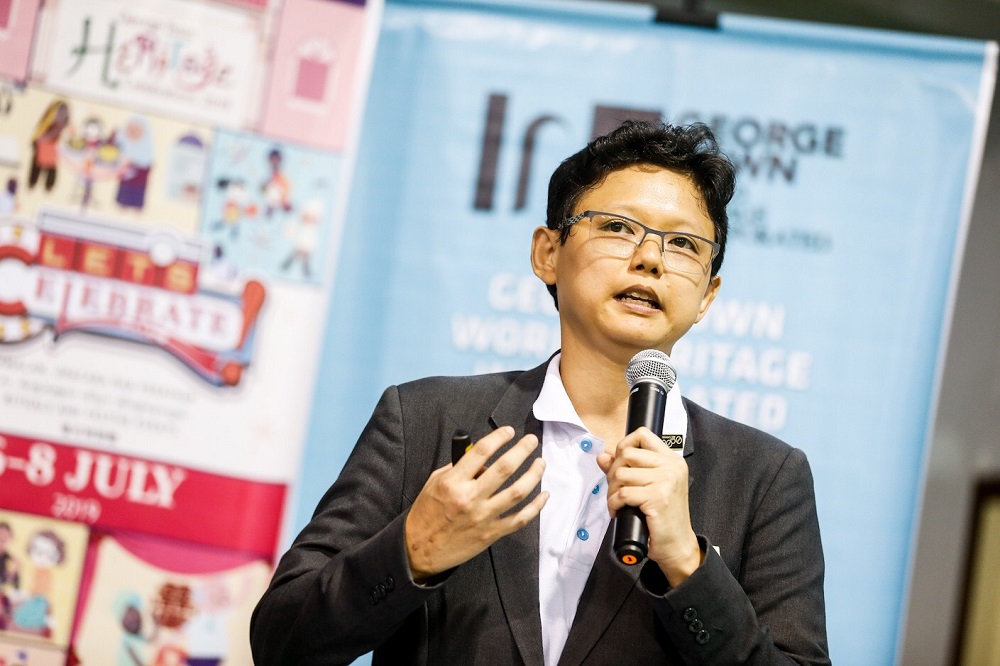GEORGE TOWN, July 3 — The local community must take ownership of protecting George Town’s cultural and building heritage instead of fuelling its destruction, the heritage site manager said today.
George Town World Heritage Inc (GTWHI) general manager Ang Ming Chee said it is a painful reality that locals were often the culprits behind the drastic changes at the world heritage site.
“The rows of shophouses being bought and redeveloped are mostly by Malaysians, this is because foreigners own less than four per cent of the properties within the world heritage site,” she said.
She said the local community, building owners and others stakeholders all have roles to play in sustaining and preserving the city’s cultural heritage that is an integral component of the heritage zone’s outstanding universal value (OUV).
“GTWHI has taken proactive steps to overcome these over-development issues by working with local groups on cultural mapping, aiding the creative industry, conducting cultural documentation and promotion of the site,” she said.
She said stakeholders should stop complaining and blaming others when they do not proactively do their part.
“Sustainable and responsible tourism is an issue faced by many world heritage sites and I have been advocating for better strategies to be introduced during the Third World Heritage Site Managers Forum here in Baku in conjuction of the 43rd World Heritage Session,” she said in a WhatsApp message when contacted.
She admitted that there is no quick solution to this issue and other world heritage sites faced similar pressure to put in place sustainable tourism to protect the heritage sites.
She was responding to Lithuanian street artist Ernest Zacharevic’s remark that rapid gentrification and the mushrooming of tourist traps has altered George Town negatively.
The artist blamed his art for causing those changes to the inner city and hoped there would be strict regulations in place to control the nature of businesses being allowed to operate within the heritage zone.
Ang said art is a powerful tool and that she wants to encourage Zacharevic and other artists to work with GTWHI in promoting sustainable and responsible tourism.
“The Public Arts Review Panel which I chaired do not interfere in the creativity of artists’ expressions but we regulate the types of paint used, so it is breathable, and to make sure that all murals contribute positively to George Town’s OUV,” she said.
She said all businesses in the heritage zone come under the Special Area Plan (SAP) of the Unesco world heritage site.
“George Town has one of the most elaborate and inclusive Special Area Plan where businesses are regulated according to zoning,” she said.
The SAP is now under revision and GTWHI is accumulating public input and feedback for the revision.
Ang said George Town started out as a trading port where most shophouses in the inner city were used for both commercial and residential purposes.
“We must remember, we started out as a trading port so the inner city was previously full of traders and businesses, the difference now is that the businesses are different,” she said.
Instead of blaming these businesses, she said it would be more important to ensure that there is no over-development in the city.
In an Instagram post yesterday, Zacharevic commented that Armenian Street was turning into a “circus” due to his mural — Children on Bicycle — and said he was considering painting over his mural.
He praised the city council for demolishing an illegal structure put up by yet another concept store that just opened next to his mural and hoped this strict enforcement against illegal businesses will be maintained.



















